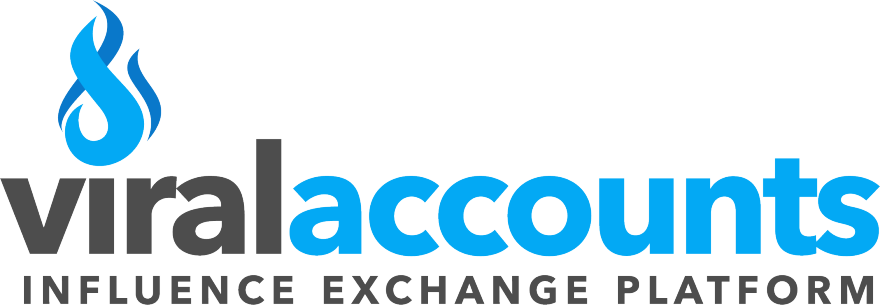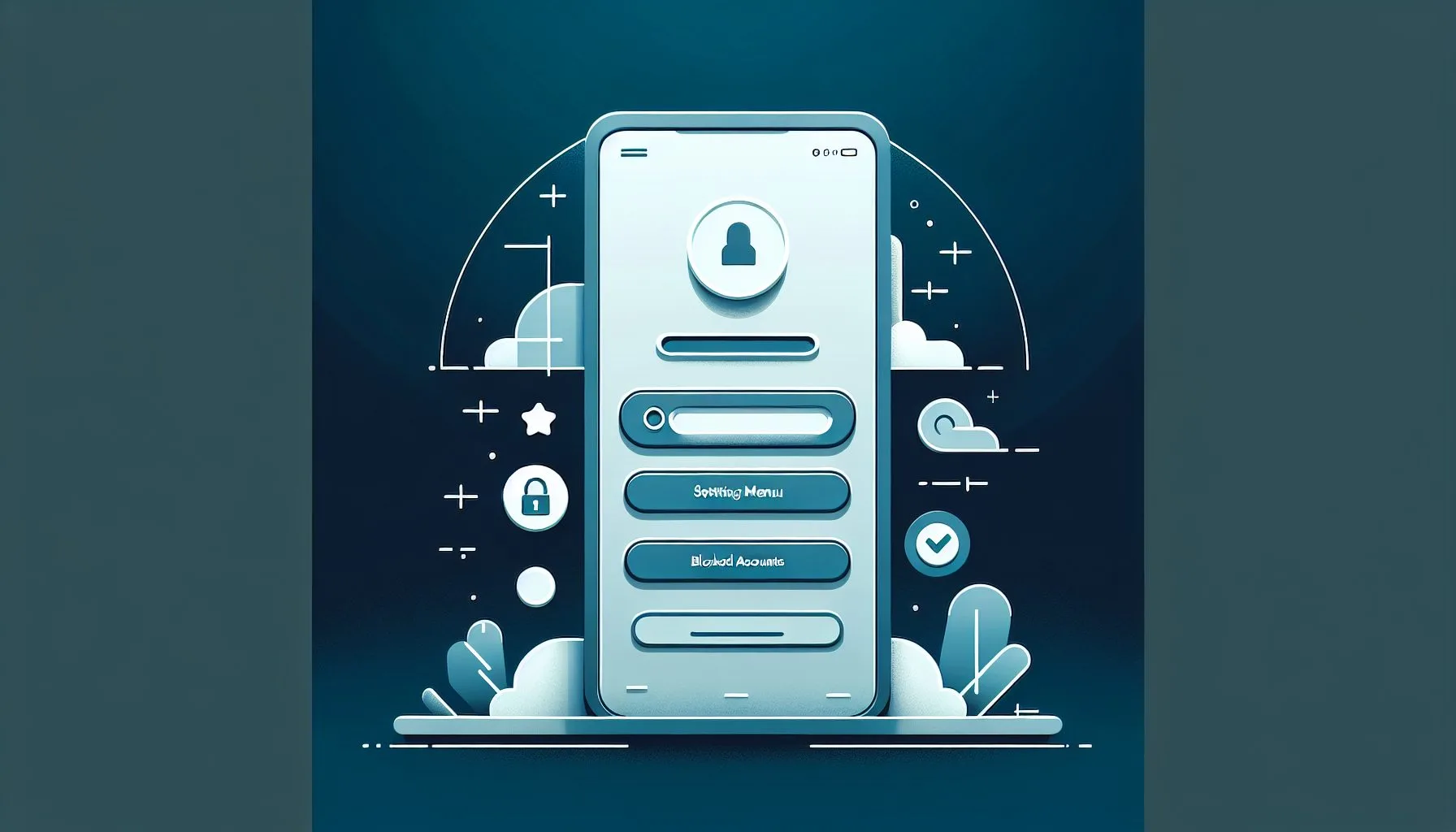Interesting Facts
Navigating the realm of social media can sometimes feel like wandering through a maze of connections, conversations, and occasionally, conflicts. Twitter, with its fast-paced flow of thoughts and opinions, often leads users to curate their interactions carefully—sometimes resulting in blocking other accounts to maintain peace of mind. But what happens when you feel ready to open that door again? How do you unblock people on Twitter? If you have ever found yourself asking this question, you’re not alone, and the path to unblocking is far simpler than it may seem. For a detailed guide, you might want to check out how to unblock someone on Twitter on SafeShellVPN.
Imagine the list of blocked accounts as a bookshelf where you’ve relegated certain volumes out of sight, not because the stories were bad, but because now might not have been the right time to read them. When you’re ready to bring a book back to your main shelf, the steps are straightforward, intuitive, and entirely under your control.
The Steps to Unblocking on Twitter
Let’s take a gentle stroll through these steps together. Whether you are using the Twitter app on your smartphone or accessing Twitter from your desktop browser, the process shares similarities, designed to be user-friendly. For additional tips on managing blocks and unblocks, see this resource on blocking and unblocking accounts on X.
1. Access Your Settings
Whether tapping on your profile icon or the hamburger menu (the three lines in the corner), look for the option labeled “Settings and privacy.” It is here where the toolkit for your Twitter experience lives—the place to customize much of what happens in your account.
2. Find the Blocked Accounts Section
Inside the settings menu, navigate to “Privacy and safety.” Within this neighborhood, you will find “Mute and block.” This is where you’ve stored the accounts you’ve muted or blocked. Selecting “Blocked accounts” reveals the list of all the people and profiles you’ve previously removed from your immediate Twitter narrative.
3. Review Your List of Blocked Users
In this section, you will see every user you’ve blocked, presented by their Twitter handles and profile pictures. It’s a curated list that can sometimes feel heavy, but its presence is empowering: you have the ability to manage it fully.
4. Unblock an Account
Next to every blocked user, there is a button that usually reads “Blocked.” Clicking or tapping on this will change the status—think of it as unlocking that previously closed gate. Twitter will ask for confirmation to ensure that this action is intentional, preventing accidental unblocking. Once confirmed, the user will be unblocked immediately.
5. What Happens Next?
Unblocking a user restores their ability to follow you, see your tweets, and interact with your account unless you have other privacy settings that restrict this. Be aware that unblocking does not automatically restore a previous follow relationship—the user would need to follow you again if they wish.
Enhance Your Twitter Experience with Professional Support
Reflecting on Why We Block and When to Unblock
Blocking on Twitter serves as a form of personal boundary-setting—a way to shield oneself from harassment, negativity, or simply the noise that disrupts a meaningful online experience. Sometimes that boundary is vital; other times, circumstances change.
Think about a time you blocked someone in a heated moment, perhaps after a misunderstanding or a sharp exchange. Maybe you felt overwhelmed, and the block was a necessary step to regain calm. But with distance, perspective shifts. The decision to unblock isn’t just administrative; it’s emotional.
Unblocking can symbolize forgiveness, growth, or the desire to reconnect, but it also demands wisdom. Ask yourself: Am I ready for the interaction again? Has this person’s behavior changed, or do I have new boundaries that should be communicated first?
It’s important to remember that unblocking someone doesn’t mean you have to dive back into old conflicts or accept all their actions. It’s simply an opportunity to reassess the relationship under new light. Perhaps you want to clear the air or give a fresh start without reopening every past wound.
Managing Your Blocked Accounts Over Time
It’s easy to forget that your blocked accounts list is not just a static element—it’s a dynamic part of your Twitter experience that can evolve. Checking it periodically can offer surprising insights. Sometimes, you discover you’ve accumulated many blocks simply by trying to dodge spam or negativity, and pruning this list can lighten your digital footprint.
Imagine walking through your digital garden and trimming back the branches that no longer serve you, allowing fresh air and light to reach the spaces where you want to grow. Regularly managing your blocked accounts helps maintain a healthier online environment tailored to your current needs.
If you use Twitter lightly or sparingly, you might find long lists unnecessary. If you engage extensively with diverse opinions, your blocks might be fewer and precisely targeted. Either way, knowing how to manage this list provides a sense of control and relief.
Moreover, revisiting your blocked list can reveal interesting patterns—perhaps certain topics or users consistently cause discomfort or stress. These insights can guide you in setting clearer personal boundaries and using Twitter more mindfully.
Troubleshooting the Unblocking Process
Most users find unblocking intuitive, but there can be minor hiccups as with any platform. For example, sometimes changes don’t immediately apply due to caching or app glitches. If you unblock someone but can’t see the effect right away, try refreshing the app or browser, or logging out and back in.
Sometimes, the app or the browser lags behind, making it seem like your action didn’t go through. The digital world isn’t perfect, and a little patience paired with a quick restart often fixes the issue.
If an account seems un-unblockable (meaning the button is greyed out or not responding), it might be due to account suspensions or deletions on the other end. Twitter’s ecosystem is in constant flux, and sometimes the other side of the block simply isn’t active anymore.
This can actually simplify your list—if an account is no longer around to interact, it may no longer require your attention. But if issues persist, checking Twitter’s help resources or forums might shed more light on unusual behavior.
Why This Simple Act of Unblocking Matters
One might underestimate the significance of unblocking, viewing it as a mere click. But in the flow of our digital lives, it’s an act of opening a gate, reinstating a thread of conversation, or allowing a person back into our virtual space. It is akin to stepping into a room where previously the door was closed; unblocking gives room for new experiences, second chances, or simply a cleaned-up timeline.
In a way, unblocking carries symbolic weight. It can represent personal growth—the courage to let go of past friction, or the willingness to embrace complexity instead of isolation. Sometimes, unblocking offers relief by simplifying your list and reducing mental clutter, knowing you’re not holding on to grudges out of habit.
Yet, unblocking is also practical. Social media isn’t just about broad communication; many use it for professional networking, learning, and staying connected with communities. Removing a block can restore important conversations or open doors to opportunities you may have missed.
A Brief Note on Privacy and Limits
Blocking is a privacy tool—Twitter provides it precisely because it acknowledges users need agency over their experience. However, unblocking too hastily or without reflection can expose you again to unwanted interactions.
Consider complementing unblocking with other privacy features if you want to maintain control but are open to reconnecting. For example, muting an account can mute their tweets without cutting the connection, or adjusting your privacy settings for tweet visibility can help keep your content within desired circles.
The balance between openness and protection is delicate. You can unblock someone yet still guard your space by limiting who sees your tweets or restricting interactions. Twitter’s settings offer many layers to customize your experience, so don’t hesitate to explore options that fit your comfort zone.
Also, remember that blocking someone doesn’t necessarily block their influence elsewhere. Often, managing one’s emotional response and engagement habits plays a vital role alongside technical settings.
Different Devices, Same Outcome
The process outlined works seamlessly across devices. On iOS or Android, the Twitter app is intuitive, offering the same route from the profile icon to the blocked accounts list. On a desktop browser, the menus are similarly labeled, making it easy to return to this setting regardless of how you access the platform.
For those who prefer keyboard shortcuts or Twitter’s lesser-known navigation options, typing “twitter.com/i/blocked” in your browser while logged in will direct you straight to your blocked users list. This shortcut can save time, especially if you manage multiple accounts or frequently adjust your block list.
Being familiar with these routes helps empower you—regardless of whether you’re casually browsing on your phone or focused on Twitter from your laptop.
An Invitation to Mindful Interaction
Before you hit that “Unblock” button, you might pause to consider your digital well-being. Social platforms can be exhausting arenas; deciding when—and whom—to unblock is a subtle exercise in self-care.
Unblocking doesn’t obligate you to accept every interaction. You retain control to mute, block again, or tailor your following list thoughtfully. It’s an ongoing conversation between your comfort levels and the ever-changing world of social media.
Think of your Twitter presence as a garden: it needs tending, sometimes pruning, but also space for new growth. Allow yourself the grace to experiment with unblocking, maybe cautiously at first, and observe how it affects your online experience.
Also, remember that you’re not alone in navigating these decisions. The digital world is complex, and many users share your challenges. Communities, forums, and friends can provide support or advice if you’re unsure how to proceed.
Concluding Thoughts
Learning how to unblock people on Twitter is a simple yet meaningful process. It allows you to manage your network consciously and thoughtfully, providing a way to lift walls when you feel ready, or reinforce them when necessary. This balance is at the heart of a healthy digital life—where connection and space coexist.
If you ever feel uncertain about your blocked accounts or the people you’ve chosen to exclude, returning to the list is a small act with potentially significant effects. Through this control, you shape your experience, creating a Twitter timeline that reflects not just the noise of the world, but your unique voice and boundaries.
So the next time you wonder how to unblock people on Twitter, remember it’s just a few steps away, but the impact reaches much further—into how you connect, reflect, and carry forward in your digital relationships. Embrace the process as a quiet act of self-awareness and growth in the buzzing world of social media.
With these insights, managing your blocked accounts on Twitter and unblocking users won’t feel like a technical chore anymore. Instead, think of it as nurturing your digital space with intention—curating meaningful connections while honoring your peace of mind. For additional services related to social media management, you can explore professional brokerage on ViralAccounts.
Can I unblock someone on Twitter using both the app and desktop?
Yes, you can unblock people on Twitter using both the mobile app and desktop browser by navigating to the blocked accounts section in settings.
Does unblocking someone automatically restore follower status?
No, unblocking does not restore a previous follower relationship; the user would need to follow you again if they wish.
What should I do if unblocking doesn’t work immediately?
If unblocking doesn’t apply right away, try refreshing the app/browser or logging out and back in. Sometimes glitches or caching cause delays.

